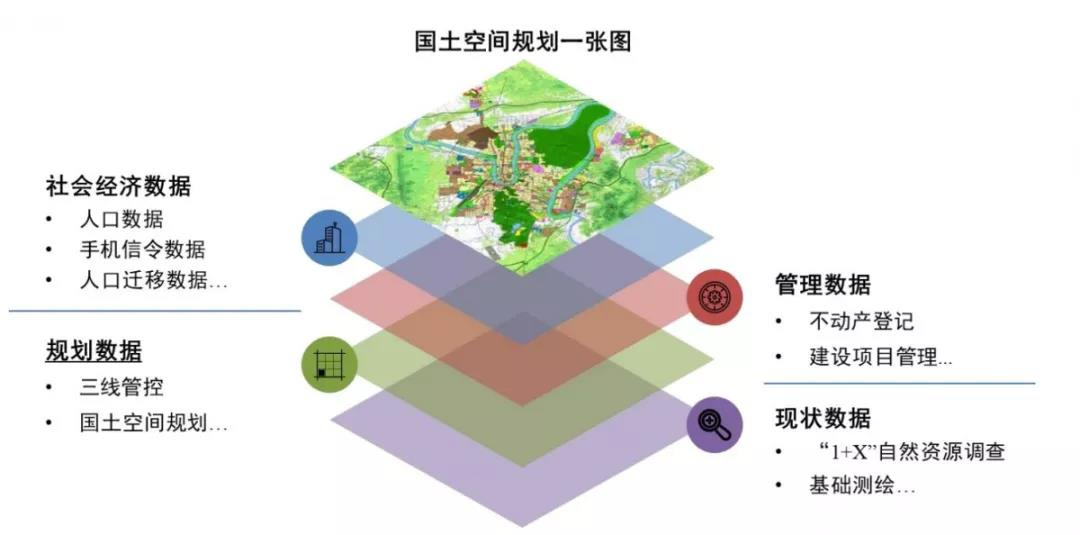National Spatial Planning
National Spatial Planning
concept
National spatial planning is an arrangement made in space and time for the development and protection of a certain region's national spatial space, including overall planning, detailed planning, and related special planning. National, provincial, municipal and county governments shall formulate overall national land spatial plans, while local governments shall formulate township national land spatial plans based on actual conditions. Related special planning refers to the specialized arrangements made for the development, protection, and utilization of space in specific areas (watersheds) and fields to reflect specific functions. It is a special planning involving space utilization. The overall national spatial planning is the basis for detailed planning and the foundation for relevant special planning; The relevant special plans should be coordinated with each other and closely linked with the detailed plans.
establishment
The national territorial spatial planning is a comprehensive arrangement for the national territorial space, which is a policy and general outline for the protection, development, utilization, and restoration of the national territorial space. It focuses on strategic planning and is organized and compiled by the Ministry of Natural Resources in conjunction with relevant departments. It is approved by the Party Central Committee and the State Council before being issued. Provincial territorial spatial planning is the implementation of national territorial spatial planning, guiding the preparation of territorial spatial planning for cities and counties, emphasizing coordination, organized by provincial governments, and submitted to the State Council for approval after being reviewed by the Standing Committee of the National People's Congress at the same level. The territorial spatial planning of cities, counties, and townships is the detailed implementation of the requirements of the higher-level territorial spatial planning by the local government, and is a specific arrangement for the development and protection of the administrative region, focusing on implementation. The overall planning of urban land and space that requires approval from the State Council shall be organized and compiled by the municipal government, reviewed by the Standing Committee of the National People's Congress at the same level, and then submitted to the State Council for approval by the provincial government; The territorial spatial planning of other cities, counties, and townships shall be formulated and approved by the provincial government based on local conditions, specifying the content and procedural requirements for planning preparation. Each region can adapt to local conditions and merge the land and spatial planning of cities, counties, and townships, or compile township level land and spatial planning for several townships as a unit
Special plans for coastal zones, nature reserves, and other areas, as well as national spatial plans that cross administrative regions or watersheds, shall be organized and compiled by the local or higher-level natural resources authorities, and submitted to the same level government for approval; Special plans related to space utilization in a certain field, such as transportation, energy, water conservancy, agriculture, information, municipal infrastructure, public service facilities, military facilities, as well as special plans for ecological environment protection, cultural relics protection, forestry and grassland, shall be organized and formulated by relevant competent departments. Relevant special plans can be formulated at the national, provincial, and city/county levels, and the types and precision of special plans for different levels and regions can be selected based on actual conditions.
Develop detailed plans at the city, county, and below levels. Detailed planning is the practical arrangement made for the specific land use and development intensity, and is the legal basis for carrying out land space development and protection activities, implementing land space use control, issuing planning permits for urban and rural construction projects, and carrying out various constructions. The detailed planning within the urban development boundary shall be organized and compiled by the natural resources department of the city or county, and submitted to the same level government for approval; In rural areas outside the boundaries of urban development, one or several administrative villages shall be organized by the township government to prepare a practical village plan that integrates multiple regulations as a detailed plan, which shall be submitted to the higher-level government for approval.
